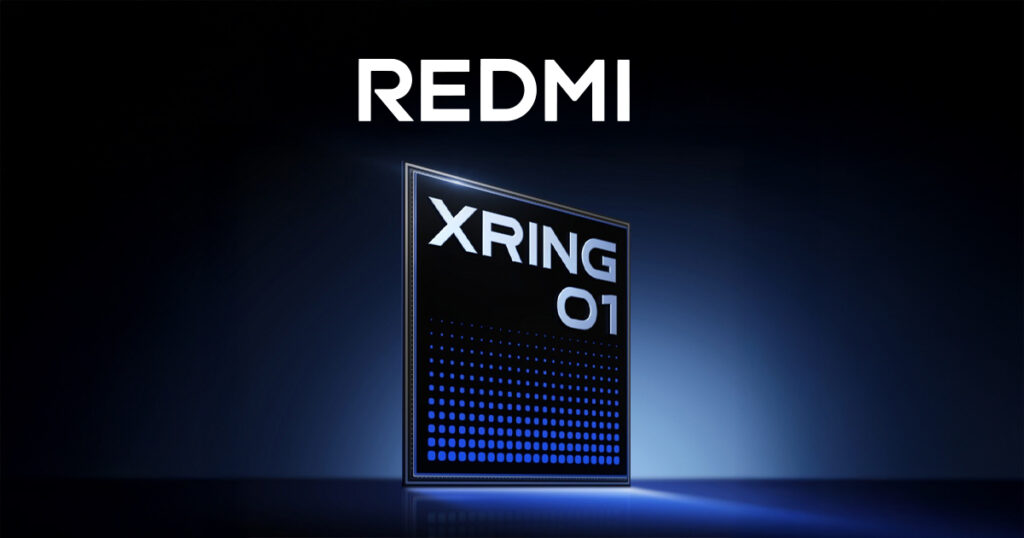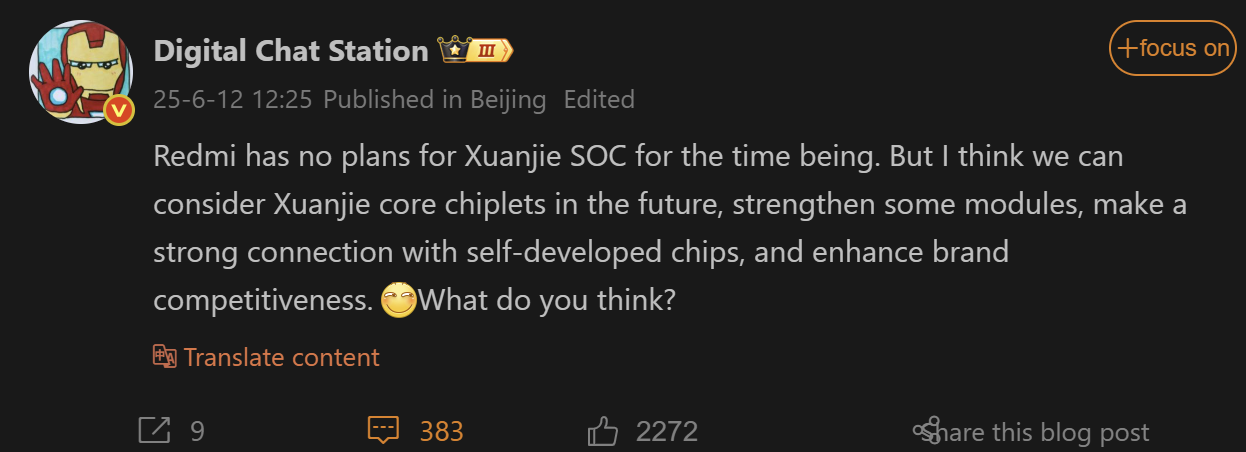REDMI has publicly clarified that it will not be integrating Xiaomi’s advanced XRING O1 chipset into its devices in the immediate future, despite considerable consumer anticipation. This announcement, disseminated by the reputable source @digitalchatstation, follows candid remarks from Wang Teng, General Manager of Xiaomi China Marketing and head of the REDMI brand. Wang’s comments, delivered last month, emphasized the substantial financial implications associated with the XRING O1’s development—reportedly amounting to 13.5 billion yuan. Such an investment renders the chipset’s immediate adoption infeasible for REDMI’s cost-sensitive product lines. While the K80 Extreme Edition continues to offer market-leading performance within its segment, REDMI’s ethos of affordability precludes the integration of premium, high-cost components at this stage.
Economic and Strategic Considerations
Wang Teng’s analysis highlights the intricate economic calculus involved in flagship chipset deployment. REDMI has cultivated a reputation for delivering high-value devices at accessible price points; the premature introduction of an expensive, next-generation chipset would undermine this strategic positioning. In essence, incorporating the XRING O1 at this juncture would be analogous to equipping a mainstream vehicle with a supercar engine: technologically impressive, but fundamentally misaligned with the brand’s objectives and consumer expectations.
XRING O1: Technical Overview
The XRING O1 chipset represents a significant technological leap, featuring:
- A cutting-edge 3nm manufacturing process
- 19 billion transistors within a compact 109mm² die
- Ten-core, quad-cluster CPU architecture
- Dual high-performance cores operating at up to 3.9GHz
- AnTuTu benchmark scores surpassing 3 million
- Single-core performance over 3,000 points
- Multi-core performance exceeding 9,500 points
These specifications position the XRING O1 at the forefront of mobile processing technology.
Current Deployment Strategy
Xiaomi has initiated mass production of the XRING O1, initially deploying the chipset in the Xiaomi 15S Pro smartphone and the Xiaomi Pad 7 Ultra. This phased approach enables Xiaomi to assess real-world performance metrics and optimize production efficiency before expanding availability to a broader product range.
Wang Teng has expressed optimism regarding the future integration of the XRING O1 into REDMI devices, contingent upon further maturation of the technology and anticipated reductions in manufacturing costs. Until then, REDMI users are encouraged to maintain up-to-date software via HyperOS or explore tools such as MemeOS Enhancer for enhanced device functionality.
For ongoing updates on REDMI developments, interested parties are advised to follow official channels.
Source: DCS Weibo


 Emir Bardakçı
Emir Bardakçı


